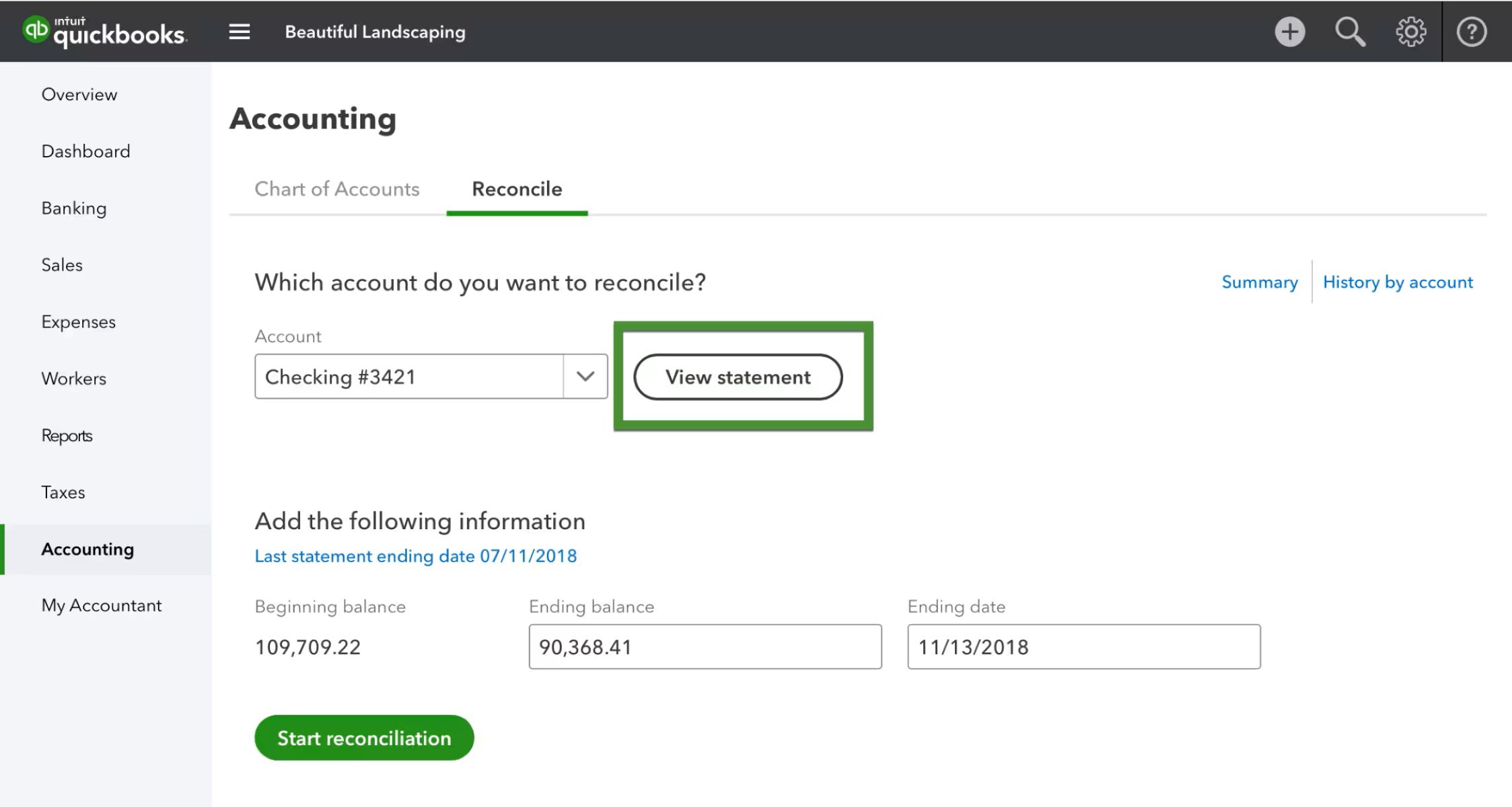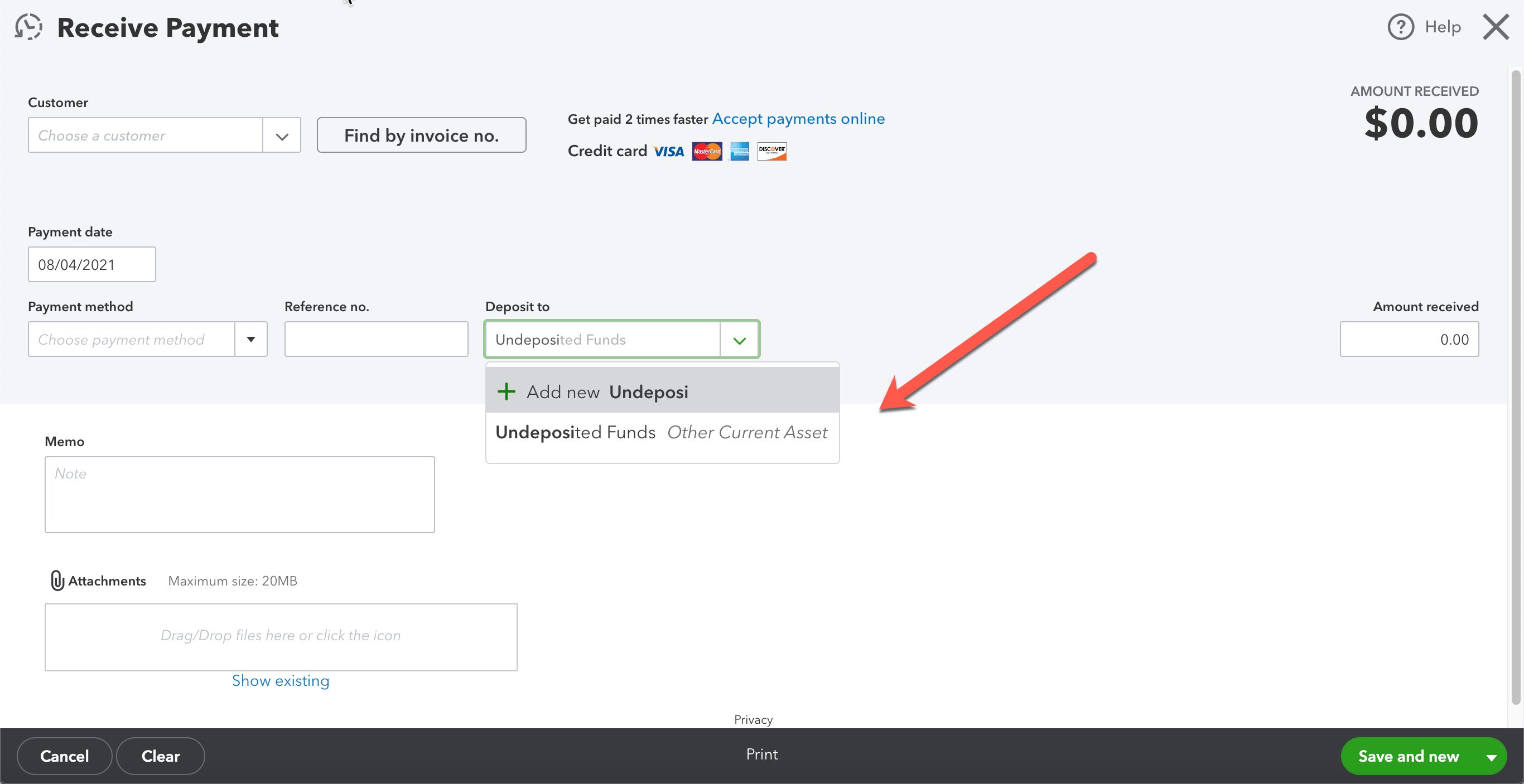Introduction
Correspondent banking is a crucial component of the global financial system, facilitating international transactions and enabling banks to conduct business across borders. It plays a vital role in connecting financial institutions, allowing them to provide services to their customers in different parts of the world. This article aims to provide an overview of correspondent banking, its functions, benefits, risks, and the regulatory framework surrounding it.
In essence, correspondent banking can be defined as a relationship between two banks, where one acts as the correspondent bank and provides various services to the other, known as the respondent bank. These services primarily include payment settlements, fund transfers, and trade finance. Correspondent banking acts as the intermediary between different banks, facilitating the movement of funds and ensuring the smooth operation of cross-border transactions.
The correspondent banking process typically involves a series of steps. Firstly, a respondent bank establishes a relationship with a correspondent bank, usually in a financial hub or a country with a robust banking system. The respondent bank then opens an account with the correspondent bank to facilitate transactions. This account serves as a conduit for the respondent bank’s clients to send and receive funds internationally.
One of the key benefits of correspondent banking is the improved access to global financial markets for banks and their customers. It allows banks to offer a range of services such as international payments, foreign exchange, and access to trade finance products. Correspondent banking also enables smaller banks in emerging markets to connect with larger, more established banks, expanding their reach and capabilities.
However, correspondent banking is not without its risks and challenges. One of the significant risks is the potential exposure to money laundering and terrorist financing. Since correspondent banking involves multiple jurisdictions and parties, it can be exploited by illicit actors to disguise the origin of funds. Financial institutions must implement robust due diligence measures to mitigate these risks and comply with anti-money laundering regulations.
Regulatory authorities around the world have recognized the importance of addressing the risks associated with correspondent banking. They have implemented various frameworks and guidelines to ensure the integrity of the global financial system. These regulations focus on areas such as customer due diligence, enhanced risk assessment, and information sharing between financial institutions.
In recent years, correspondent banking has undergone significant transformations due to technological advancements and changing market dynamics. There has been an increased emphasis on improving efficiency, reducing costs, and enhancing security through the adoption of innovative technologies. Trends such as blockchain, artificial intelligence, and open banking are reshaping the correspondent banking landscape, providing new opportunities and challenges for financial institutions.
Overall, correspondent banking plays a vital role in facilitating global financial transactions and fostering economic growth. While it offers numerous benefits, it is essential for financial institutions to navigate the associated risks and comply with regulatory requirements to maintain the integrity of the system. The following sections will delve deeper into the intricacies of correspondent banking, exploring its functions, benefits, risks, regulatory framework, and emerging trends.
Definition of Correspondent Banking
Correspondent banking is a financial arrangement and relationship between two banks, where one bank, called the correspondent bank, provides a range of services to another bank, known as the respondent bank. These services primarily include payment settlements, fund transfers, and trade finance. Correspondent banking acts as the intermediary between different banks, facilitating the movement of funds and ensuring the smooth operation of cross-border transactions.
In this relationship, the correspondent bank holds accounts for the respondent bank, enabling it to conduct business and serve its customers in different parts of the world. The correspondent bank provides various services to the respondent bank, such as processing international payments, exchanging foreign currency, and facilitating trade finance transactions.
Correspondent banking is especially critical for banks that do not have a global reach or presence in multiple countries. It allows these banks to leverage the correspondent bank’s network and infrastructure to provide services to their clients globally. For example, a small regional bank in one country can establish a correspondent banking relationship with a larger bank in a financial hub, enabling it to access international markets and conduct cross-border transactions for its customers.
One of the key functions of correspondent banking is payment settlements. When a customer of the respondent bank wants to make an international payment, the respondent bank relies on its correspondent banking relationship to facilitate the transaction. The respondent bank initiates the payment instruction, and the correspondent bank processes the payment, ensuring that the funds are delivered to the beneficiary bank in the intended currency.
In addition to payment settlements, correspondent banking also facilitates fund transfers between banks. Banks use correspondent accounts to move funds on behalf of their customers, such as wire transfers, electronic funds transfers, and bank drafts. By leveraging correspondent banking relationships, banks can provide efficient and secure fund transfer services to their customers, ensuring the seamless movement of funds across borders.
Furthermore, correspondent banking plays a crucial role in trade finance. Banks that engage in international trade often require services such as issuing letters of credit, providing export financing, and assisting with import financing. Correspondent banks provide these trade finance services to respondent banks, enabling them to support their customers’ international trade activities.
Overall, correspondent banking is a fundamental concept in the global financial system, allowing banks to connect and conduct business across borders. It provides smaller banks with access to global financial markets, facilitates international payments and fund transfers, and supports trade finance activities. However, as correspondent banking involves multiple parties and jurisdictions, it also presents certain risks and challenges, which will be explored in the following sections.
How Correspondent Banking Works
Correspondent banking operates on a system of relationships between banks, with the ultimate goal of facilitating cross-border transactions and providing global banking services. Here’s a closer look at how correspondent banking works:
1. Establishing the relationship: A respondent bank, often a smaller bank in one country, seeks to establish a relationship with a correspondent bank, usually a larger, more established bank located in a financial hub or a country with a robust banking system. The respondent bank evaluates potential correspondent banks based on factors such as reputation, network reach, and the range of services offered.
2. Opening correspondent accounts: Once a correspondent banking relationship is established, the respondent bank opens one or more correspondent accounts with the correspondent bank. These accounts serve as conduits through which the respondent bank’s customers can send and receive funds internationally. Correspondent accounts can be held in various currencies, allowing for seamless currency conversions.
3. Initiating transactions: When a customer of the respondent bank wishes to initiate an international payment or transfer funds abroad, the respondent bank relies on its correspondent banking relationship to facilitate the transaction. The customer provides the necessary details to the respondent bank, who then initiates the payment instruction through the correspondent account.
4. Processing the transaction: The correspondent bank receives the payment instruction and verifies the details, including the beneficiary bank and account information. The correspondent bank processes the payment, ensuring that the funds are delivered to the beneficiary bank in the intended currency. This process involves swift and secure electronic transfer mechanisms to ensure timely and accurate settlement.
5. Correspondence and confirmation: Throughout the transaction process, the corresponding banks engage in regular communication, often through secure messaging systems, to confirm and reconcile the details of the transaction. This correspondence is essential for transparency, accuracy, and efficient transaction processing.
6. Settlement and reporting: Once the funds are successfully transferred to the beneficiary bank, the correspondent bank provides the necessary settlement and reporting information to the respondent bank. This information includes confirmation of the payment, details of any fees or charges deducted, and any necessary reporting for regulatory compliance purposes.
7. Additional services: In addition to payment settlements, correspondent banking may involve other services. For example, the correspondent bank may provide foreign exchange services for the respondent bank’s customers, enabling currency conversions as required. Correspondent banks may also offer trade finance services, such as issuing letters of credit, to support the respondent bank’s international trade activities.
Overall, correspondent banking works by establishing relationships between banks, allowing them to provide services and facilitate cross-border transactions on behalf of their customers. By leveraging correspondent banking relationships, respondent banks gain access to global financial markets, enabling them to provide international banking services to their customers while maintaining operational efficiency and regulatory compliance.
Benefits of Correspondent Banking
Correspondent banking offers numerous benefits to both respondent banks and their customers. Here are some key advantages of engaging in correspondent banking relationships:
1. Access to global financial markets: Correspondent banking provides respondent banks, especially smaller and regional banks, with a gateway to global financial markets. By partnering with a correspondent bank, these banks gain access to a broader network of financial institutions, enabling them to offer a wide range of international banking services to their customers.
2. International payment capabilities: Correspondent banking facilitates seamless international payments by leveraging the correspondent bank’s infrastructure and network. Respondent banks can rely on their correspondent banking relationships to process cross-border payments efficiently, offering their customers the convenience of global payment capabilities.
3. Foreign exchange services: Correspondent banks often provide foreign exchange services to respondent banks, allowing them to offer currency exchange and conversion options to their customers. This enables businesses and individuals to transact in different currencies, reducing the complexity and costs associated with currency conversions.
4. Trade finance support: Correspondent banking plays a crucial role in supporting global trade. Respondent banks can leverage their correspondent banking relationships to access trade finance services such as letters of credit, export financing, and import financing. This enables businesses to engage in international trade with confidence, mitigating risks and expanding their trading opportunities.
5. Risk diversification: Engaging in correspondent banking relationships allows respondent banks to diversify their risks. By partnering with a correspondent bank in a different jurisdiction, they can reduce their exposure to local market risks and fluctuations. This diversification helps to enhance the stability and resilience of the respondent bank’s operations.
6. Enhanced compliance capabilities: Correspondent banks typically have robust compliance frameworks in place to adhere to regulatory requirements. By aligning with a reputable correspondent bank, respondent banks can benefit from enhanced compliance capabilities and expertise. This helps them navigate complex regulatory landscapes, minimize compliance risks, and maintain good standing with regulatory authorities.
7. Network expansion: Correspondent banking allows respondent banks to expand their network and establish relationships with other financial institutions globally. These expanded networks can lead to collaboration opportunities, knowledge sharing, and potential business partnerships, creating new avenues for growth and innovation.
8. Improved operational efficiency: By relying on correspondent banking relationships, respondent banks can streamline their payment and settlement processes, leading to improved operational efficiency. Correspondent banks provide standardized and efficient mechanisms for processing international transactions, reducing manual intervention and achieving cost savings.
9. Reputation and credibility: Partnering with reputable correspondent banks enhances the respondent bank’s reputation and credibility. Correspondent banks are often well-regulated and have established themselves as trusted institutions in the financial industry. This association adds to the respondent bank’s credibility and instills confidence in its customers and stakeholders.
In summary, correspondent banking offers a range of benefits, including access to global financial markets, international payment capabilities, trade finance support, risk diversification, enhanced compliance capabilities, network expansion, improved operational efficiency, and improved reputation. These advantages enable respondent banks to serve their customers better and expand their presence in the global financial landscape.
Risks and Challenges of Correspondent Banking
Despite the benefits, correspondent banking also presents certain risks and challenges that financial institutions need to address. Here are some of the main risks and challenges associated with correspondent banking:
1. Money laundering and terrorist financing: Correspondent banking can be exploited by illicit actors to disguise the origin of funds, making it susceptible to money laundering and terrorist financing risks. Financial institutions must implement robust due diligence measures to identify and mitigate these risks. Enhanced customer due diligence, transaction monitoring, and sharing of information between correspondent banks are essential in combating these illicit activities.
2. Compliance complexities: Correspondent banking involves navigating complex and evolving regulatory landscapes across different jurisdictions. Financial institutions must stay updated with various anti-money laundering (AML), counter-terrorism financing (CTF), and know-your-customer (KYC) requirements. Compliance with different jurisdictional regulations can be challenging and may result in increased costs and administrative burden.
3. De-risking practices: In response to heightened compliance and regulatory pressures, some correspondent banks have adopted de-risking practices, which involve terminating or limiting correspondent banking relationships with certain respondent banks or regions. This can lead to financial exclusion, particularly for banks in higher-risk jurisdictions or smaller banks with limited resources, limiting their access to global financial services.
4. Operational risks: Correspondent banking involves coordinating and reconciling multiple transactions and details between correspondent banks and respondent banks. Operational risks, such as errors, delays, and processing failures, can occur during the payment and settlement process. These risks may impact the efficiency and reliability of cross-border transactions.
5. Financial exposure: Correspondent banking exposes financial institutions to potential financial losses. In cases where the respondent bank defaults on its obligations, the correspondent bank may be liable for the funds held in the correspondent account. This financial exposure highlights the importance of performing thorough risk assessments and due diligence on correspondent banking partners.
6. Reputation risks: Any misconduct or compliance lapses within correspondent banking relationships can significantly damage the reputation of both the respondent bank and the correspondent bank. Instances of money laundering, sanctions violations, or other illicit activities involving correspondent banking relationships can lead to regulatory fines, penalties, legal actions, and loss of trust among customers and stakeholders.
7. Technological vulnerabilities: The reliance on technology and digital infrastructure in correspondent banking introduces cybersecurity risks. Financial institutions must implement robust security measures to protect against cyber threats, such as unauthorized access, data breaches, and fraudulent activities. Failure to address these vulnerabilities can compromise the integrity of the correspondent banking system and disrupt cross-border transactions.
To mitigate these risks and challenges, financial institutions should focus on implementing comprehensive AML, CTF, and KYC frameworks. They should conduct thorough due diligence on correspondent banking partners, regularly assess the risks associated with correspondent accounts, and enhance transaction monitoring capabilities. Collaboration and information-sharing among correspondent banks can also help identify and address emerging risks in a timely manner.
Additionally, leveraging innovative technologies, such as blockchain and artificial intelligence, can enhance the speed, security, and transparency of correspondent banking transactions. These technologies have the potential to streamline compliance processes and improve risk management in correspondent banking relationships.
Overall, financial institutions must remain vigilant and proactive in managing the risks and challenges associated with correspondent banking. By implementing effective risk mitigation strategies and adopting innovative technologies, they can ensure the integrity and sustainability of correspondent banking relationships.
Regulatory Framework for Correspondent Banking
Given the risks associated with correspondent banking, regulatory authorities have developed frameworks to ensure the integrity and stability of the global financial system. These frameworks aim to enhance transparency, mitigate money laundering and terrorist financing risks, and promote effective risk management. Here are some key aspects of the regulatory framework for correspondent banking:
1. Anti-Money Laundering (AML) and Counter-Terrorism Financing (CTF) Regulations: Financial institutions engaging in correspondent banking are subject to robust AML and CTF regulations. These regulations require institutions to implement rigorous customer due diligence measures, transaction monitoring systems, and reporting mechanisms to identify and report suspicious activities. AML and CTF regulations also mandate the implementation of risk-based approaches, where financial institutions assess the level of risk associated with correspondent banking relationships and apply appropriate controls accordingly.
2. Know Your Customer (KYC) Requirements: KYC requirements form an integral part of the regulatory framework for correspondent banking. Financial institutions are required to gather sufficient information about their respondent banks, their ownership structure, ultimate beneficial owners, and the nature of their business activities. KYC requirements facilitate proper risk assessment, help prevent financial crimes, and ensure effective control over correspondent banking relationships.
3. Cross-Border Cooperation and Information Sharing: Regulatory frameworks emphasize cross-border cooperation and information sharing between regulatory authorities and financial institutions. Authorities encourage the exchange of information on correspondent banking activities, suspicious transaction reports, and emerging risks. The collaborative approach aims to enhance the effectiveness of AML and CTF efforts and reduce regulatory arbitrage.
4. Enhanced Due Diligence (EDD) for High-Risk Relationships: Specific attention is given to correspondent banking relationships involving higher-risk jurisdictions or respondent banks. Financial institutions are required to conduct enhanced due diligence on these relationships, including a deeper analysis of the respondent bank’s ownership, management, and control structure. EDD measures help mitigate the potential risks associated with correspondent banking relationships in these jurisdictions.
5. Regulatory Reporting and Compliance Monitoring: Regulatory authorities mandate the reporting of correspondent banking activities and compliance with AML/CFT regulations. Financial institutions are required to provide regular reports on their correspondent banking relationships, transaction volumes, and any suspicious or high-risk activities identified. Authorities closely monitor these reports to ensure regulatory compliance and to mitigate potential risks to the financial system.
6. International Standards and Guidance: Various international bodies, such as the Financial Action Task Force (FATF) and the Basel Committee on Banking Supervision (BCBS), have issued standards and guidance on correspondent banking. These standards provide a basis for regulatory frameworks and assist financial institutions in adopting best practices. Financial institutions are encouraged to align their policies and procedures with these international standards to ensure consistent and effective implementation of the regulatory framework.
7. Regulatory Assessments and Evaluations: Regulatory authorities conduct periodic assessments and evaluations to measure the effectiveness of correspondent banking regulations and compliance. These assessments may include on-site inspections, audits, and reviews of the governance and risk management frameworks of financial institutions. The purpose is to identify areas for improvement and ensure the adequate implementation of the regulatory framework.
Adhering to the regulatory framework for correspondent banking is essential for financial institutions to maintain their license to operate, protect their reputation, and safeguard the integrity of the global financial system. Compliance with these regulations not only helps mitigate risks but also fosters confidence among customers, counterparties, and regulators.
It is important for financial institutions to stay informed about evolving regulatory requirements and engage in continuous monitoring and training to ensure the effective implementation of the regulatory framework for correspondent banking.
Trends and Developments in Correspondent Banking
Correspondent banking is not immune to the impact of technological advancements, changing market dynamics, and evolving customer expectations. As such, several trends and developments have emerged in the field of correspondent banking. Here are some notable trends shaping the future of correspondent banking:
1. Adoption of Blockchain Technology: Blockchain technology has the potential to revolutionize correspondent banking by enhancing security, speed, and transparency in cross-border transactions. Blockchain can streamline the correspondent banking process, reducing paperwork, eliminating intermediaries, and providing real-time visibility into payment flows. The use of smart contracts on blockchain platforms also allows for automated verification and execution of transaction terms, reducing the risk of errors or delays.
2. Rise of Open Banking: Open banking initiatives and regulations have gained momentum in various jurisdictions worldwide. Open banking promotes the sharing of customer data securely between banks and authorized third-party service providers. This trend can enable more efficient and seamless correspondent banking transactions, as banks can access customer data and initiate transactions with the consent of the customer. Open banking can also foster innovation and competition, leading to the development of new correspondent banking services and offerings.
3. Integration of Artificial Intelligence (AI): AI technology is being increasingly integrated into correspondent banking operations to automate processes, enhance risk management, and improve customer experiences. AI-powered solutions can assist in customer due diligence, transaction monitoring, and fraud detection. Natural language processing capabilities can enable more efficient and accurate analysis of compliance documentation and customer communications. AI chatbots and virtual assistants can also enhance customer support and provide real-time updates on transaction statuses.
4. Focus on Enhanced Cybersecurity: With the increasing reliance on digital infrastructure in correspondent banking, there is a growing emphasis on cybersecurity. Financial institutions are investing in robust cybersecurity measures to protect against cyber threats, such as unauthorized access, data breaches, and funds diversion. Encryption technologies, multi-factor authentication, and continuous monitoring systems are deployed to detect and prevent cyber attacks. Collaboration between correspondent banks on cybersecurity threats and best practices is crucial to maintaining the integrity and security of the correspondent banking system.
5. Emphasis on Financial Inclusion: Correspondent banking plays a vital role in promoting financial inclusion by facilitating access to banking services in underserved regions. Financial institutions are exploring partnerships with mobile money providers, fintech startups, and other non-traditional players to extend correspondent banking services to previously unbanked or underbanked populations. Digital channels, such as mobile banking apps, enable individuals to access financial services easily, even in remote areas.
6. Regulatory Technology (RegTech) Solutions: The increasing complexity of regulatory requirements has led to the development of RegTech solutions in correspondent banking. These technologies help financial institutions streamline compliance processes, automate reporting, and ensure adherence to regulatory obligations. RegTech solutions leverage artificial intelligence, data analytics, and machine learning to enhance the efficiency and accuracy of compliance-related activities.
7. Environmental, Social, and Governance (ESG) Considerations: Correspondent banking is also influenced by the growing focus on environmental, social, and governance factors. Financial institutions are integrating ESG considerations into their risk assessments and due diligence processes. This includes assessing the sustainability practices of correspondent banks and considering the potential reputational risks associated with certain business activities or jurisdictions.
These trends and developments are reshaping the correspondent banking landscape, offering new opportunities and challenges for financial institutions. It is crucial for banks to embrace these trends, adapt their operations, and leverage innovative technologies to stay competitive, enhance customer experiences, and ensure compliance with evolving regulatory requirements.
Conclusion
Correspondent banking is a vital component of the global financial system, enabling banks to connect, facilitate cross-border transactions, and provide international banking services. It plays a crucial role in fostering economic growth, facilitating trade, and promoting financial inclusion. However, correspondent banking also comes with its share of risks and challenges, such as money laundering, compliance complexities, operational risks, and reputational risks.
To address these challenges, financial institutions must adhere to robust regulatory frameworks, such as AML, CTF, and KYC regulations. They should implement effective risk management practices, conduct thorough due diligence on correspondent banking partners, and leverage technological advancements to enhance efficiency, transparency, and cybersecurity.
Furthermore, the trends and developments in correspondent banking, such as blockchain technology, open banking, AI integration, and ESG considerations, are shaping the future of the industry. Financial institutions need to embrace these trends, adapt their operations, and stay ahead of evolving customer expectations.
Ultimately, maintaining the integrity of correspondent banking relationships is crucial for building trust among customers, counterparties, and regulators. By establishing strong compliance frameworks, ensuring regulatory adherence, and fostering collaboration among correspondent banks, the industry can continue to function as a reliable and secure mechanism for facilitating global financial transactions.
As the financial landscape evolves, financial institutions must remain adaptable, innovative, and committed to upholding the highest standards of integrity in correspondent banking. By navigating the risks, embracing technological advancements, and meeting regulatory obligations, correspondent banking can continue to play a vital role in supporting the interconnectedness and growth of the global economy.

























